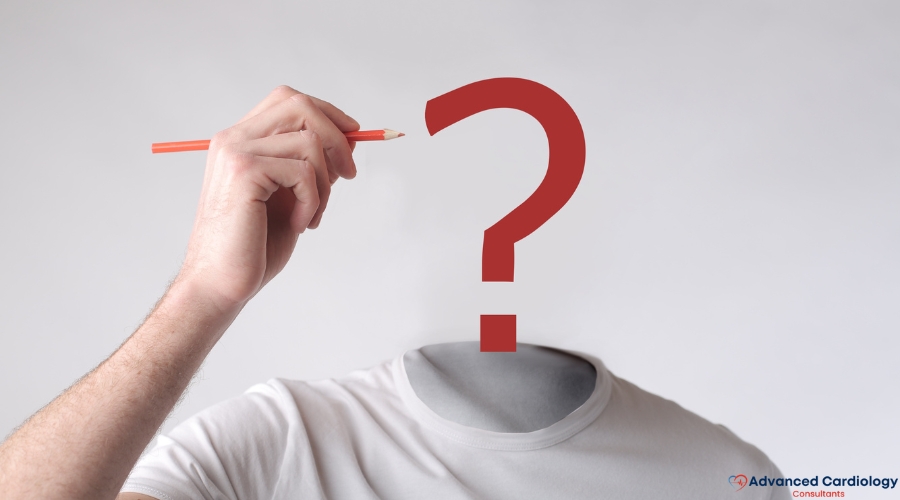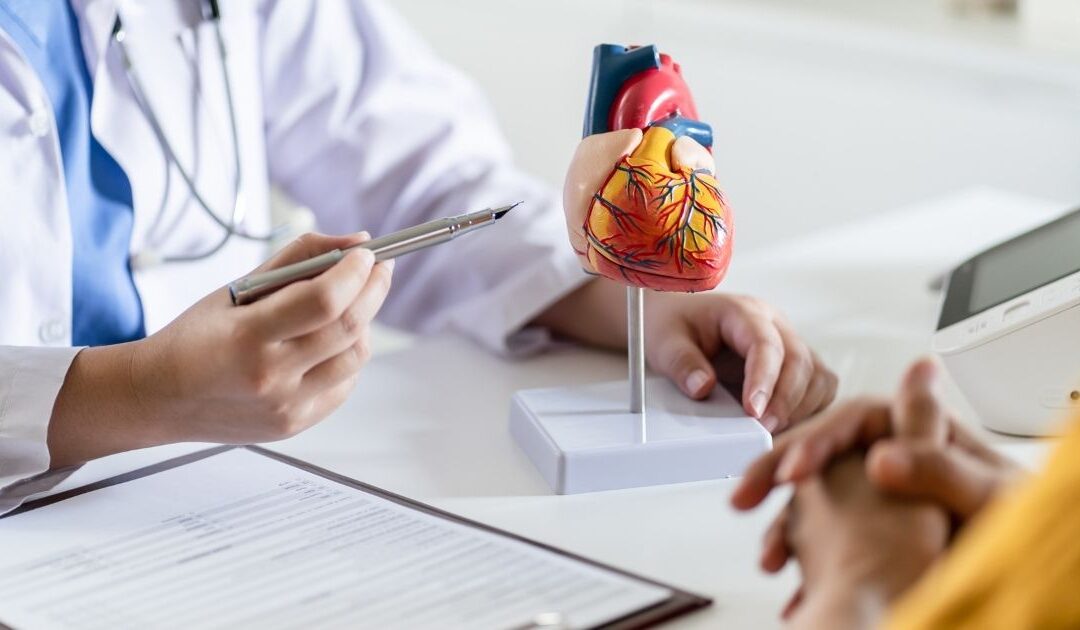Postural Orthostatic Tachycardia Syndrome, or POTS, is a condition that affects a person’s autonomic nervous system, which is responsible for managing various bodily functions such as heart rate, digestion, breathing, and body temperature. While it may not be widely known, it’s estimated that POTS affects between one and three million Americans, and potentially millions more around the globe.
What is POTS?
POTS is a form of dysautonomia, a group of medical conditions that result in a malfunction of the autonomic nervous system. The primary symptom of POTS is a significant increase in heart rate upon standing. To meet the diagnostic criteria for POTS, a patient’s heart rate must increase by 30 beats per minute (bpm) or more, or over 40 bpm in teenagers, within the first ten minutes of standing, in the absence of orthostatic hypotension.
However, POTS is more than just an abnormal heart rate response. Patients often experience a host of other symptoms, including dizziness, fainting, rapid heartbeat, chest pain, shortness of breath, and digestive issues, among others.
Identifying POTS: Who is at Risk?
POTS can affect anyone, irrespective of age, sex, or race, but the vast majority of patients are women between the ages of 15 and 50. The symptoms of POTS can appear to be similar to those of other conditions, leading to misdiagnosis or underdiagnosis. POTS is often misunderstood, and patients may struggle with their symptoms for years before receiving a correct diagnosis.
Diagnosing POTS
The diagnostic process for POTS typically involves a physical examination, medical history, and specific tests such as a tilt-table test. The tilt-table test monitors blood pressure, heart rate, and symptoms while the patient is tilted at different angles.
Additional tests like blood tests, echocardiogram, or a 24-hour Holter monitor may be ordered by the physician to rule out other conditions or to better understand the patient’s unique physiological response to positional changes.
Managing and Treating POTS
At this time, there is no cure for POTS, but a combination of lifestyle modifications and medications can help manage the symptoms.
Lifestyle modifications may include increased fluid and salt intake to boost blood volume, regular physical therapy or a supervised exercise program to improve cardiovascular fitness, and wearing compression stockings to help push blood up from the legs to the heart.
Medications used for POTS treatment are tailored to manage specific symptoms. These can include beta blockers, which can control rapid heart rates, and fludrocortisone, which can help increase blood volume.
Living with POTS
Living with POTS can be challenging, as the condition impacts day-to-day activities and overall quality of life. However, with appropriate medical care and support, many individuals with POTS can lead fulfilling lives. Patient advocacy and support groups can also provide resources and community for those dealing with the condition.
Research into POTS is ongoing, with scientists trying to better understand its causes and potential treatments. Increased awareness and understanding of the condition among medical professionals and the general public can help ensure those living with POTS receive the care and support they need.
Conclusion
Postural Orthostatic Tachycardia Syndrome (POTS) is a complex and often misunderstood condition. If you or a loved one experience symptoms that may indicate POTS, it’s important to consult with a healthcare provider who is familiar with the disorder.





